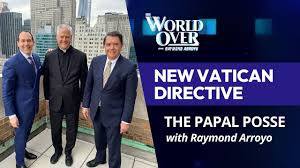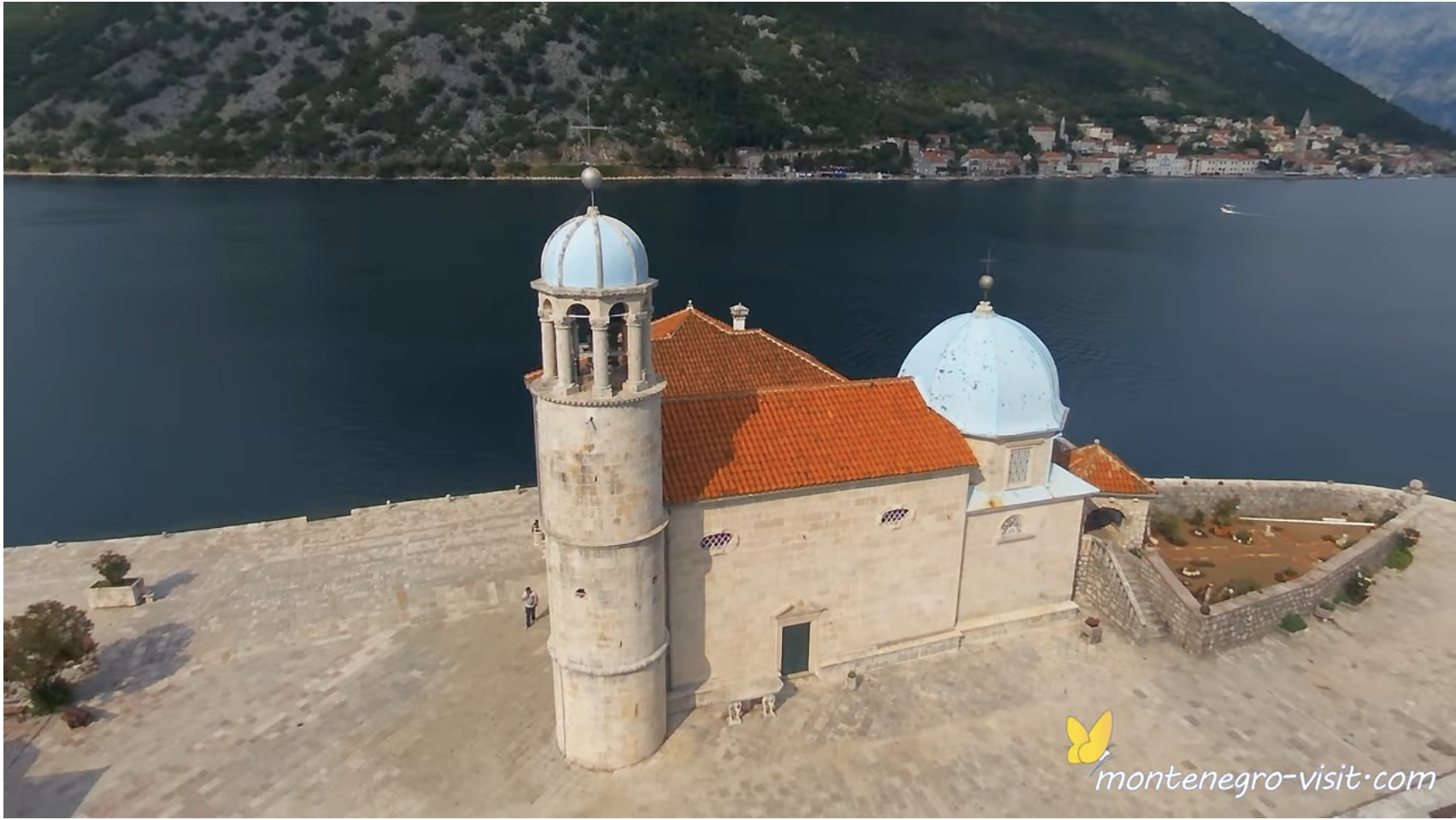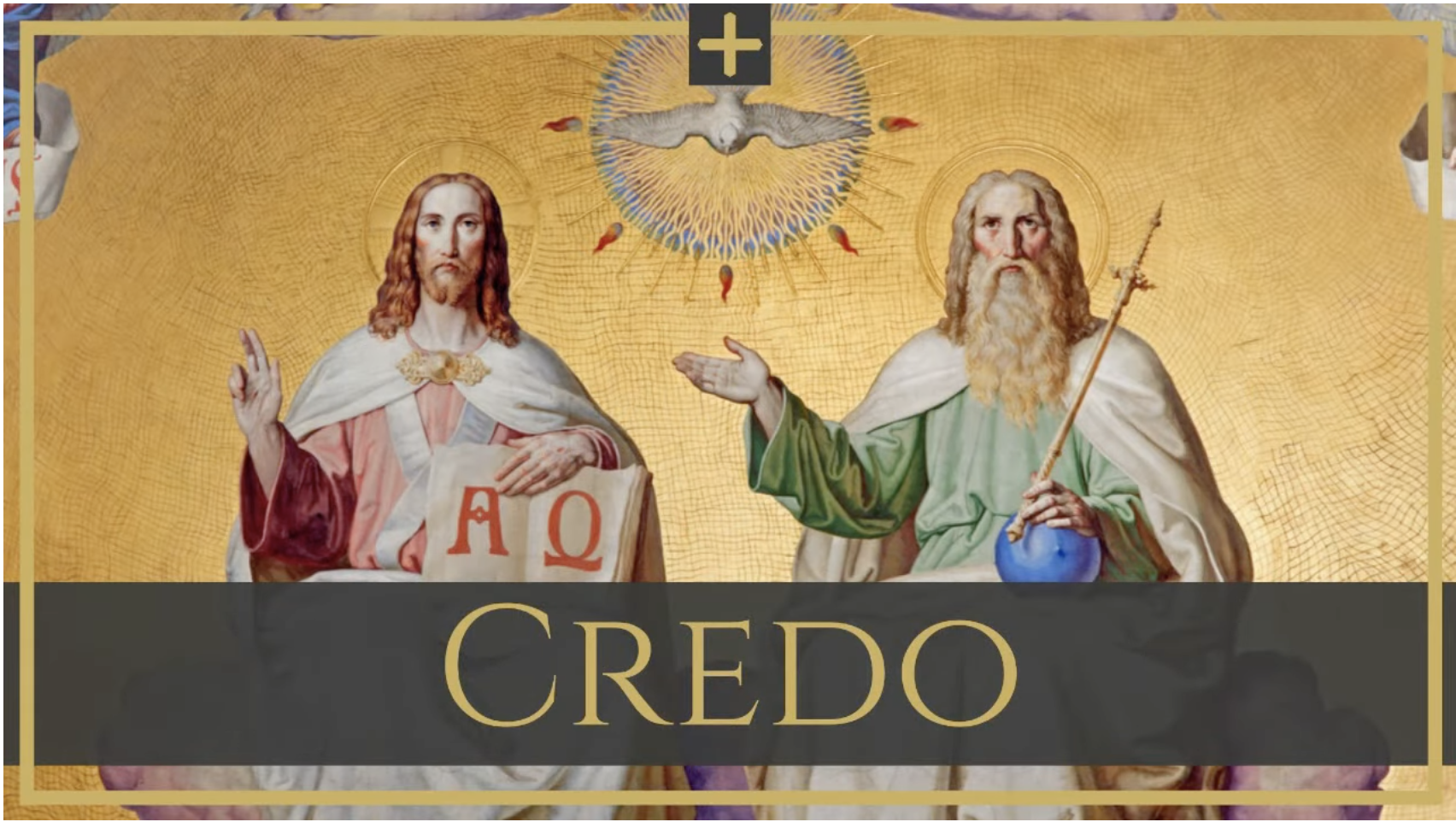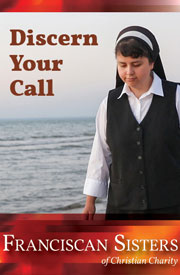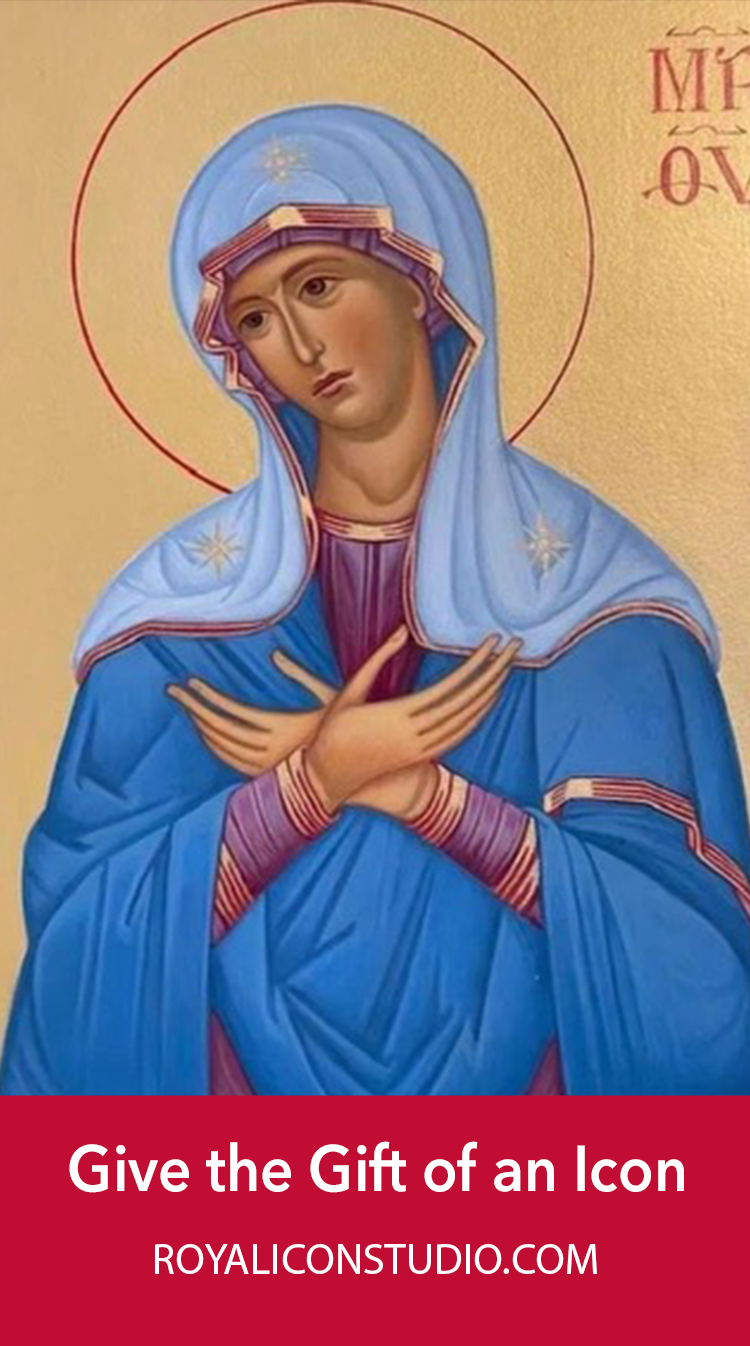I had a bet going with a friend of mine, a priest who spends a lot of time reading Catholic magazines and web sites, who is convinced that “Anthony Esolen” isn’t just one person. It’s the pen name of a group of writers, feverishly working simultaneously, who all send out their stuff under the same name.
“Look,” said my friend, “here’s ‘Esolen’ on The Catholic Thing today. ‘Esolen’ had another piece on Crisis yesterday, and I saw three pieces by ‘Esolen’ in Touchstone last week. In the past week alone, this so-called ‘Esolen’ has pieces in Public Discourse, First Things, and the Catholic World Report. You can’t open up a Catholic blog without seeing ‘Esolen’ these days. And this same guy has supposedly translated all of Dante’s Commedia, written The Politically Incorrect Guide to Western Civilization, and Ten Ways to Destroy the Imagination of Your Child? And then, while I’m reading my copy of Magnificat daily, I regularly see reflections by the same guy? Don’t tell me that’s all one person.”
I had to admit he had a point.
“Anthony Esolen is probably just some coded acronym that stands for something,” my friend insisted.
“Like what?” I asked, still somewhat doubtful.
“Well, Anthony suggests oneness, like the hermit St. Anthony of the Desert. And then the name Esolen probably stands for the six different writers who produce all this stuff in concert with one another, like Edward, Simon, Oscar, Luke, Earnest, and Nigel, or something like that.”
I still wasn’t convinced, so we went to one of our colleagues who specializes in historical-critical biblical studies to see what light he might shed on the question. Sure enough, after a very short time, he was able to discern a host of different sources who were responsible not only for the various articles in all those different journals, but indeed whose work could be distinguished within each individual article. In no time, he had diagrammed out for us the pieces of the article that had come from the E source, and compared them with the very different agenda and writing style that characterized the S source – and the L source.
“I am a particular fan of the N source,” said our friend, “but I can’t say I much like the point-of-view and theological presuppositions that characterize the work of L.” When I pointed out that there were actually two E’s in “Esolen,” he agreed that we would have to designate the first as the E1 source and the second as the E2 source, someone he was increasingly convinced was actually a woman. “She’s quite a bit smarter than the rest of them,” our colleague assured us, “but she doesn’t want to let on how much smarter she actually is. The others are holding her back.”
We later passed this man’s theory by another one of our biblical studies colleagues, a feminist scholar, who disagreed vigorously. Looking over the work of our first colleague, she quickly became convinced that “L” was actually two women: one a lesbian Marxist Ecuadoran and the other a bi-sexual Freudian Jew from the Czech Republic, both of whom shared a deep hatred of capitalist men, she insisted.
![]()




Who are that man?
“Wow,” I thought, “there’s so much more going on here than I thought.” “Which one of them did the translation of Dante?” I asked the first biblical scholar, somewhat naively, as it turns out.
“If I had to guess,” said our colleague, “I would say it was likely L, probably with some help from E2, but it’s more likely that none of them did.”
“How’s that?” I asked.
“Well, since it’s well known that Matthew didn’t write Matthew, that Mark didn’t write Mark, and that Shakespeare didn’t write Shakespeare,” replied my colleague, “it’s very unlikely that ‘Esolen’ translated anything by ‘Esolen.’”
“But then, who did translate the ‘Esolen’ translation of Dante?” I asked out loud before I could stop myself.
“Someone else,” my colleague said dryly, with no small amount of exasperation.
“But this seems strange to me,” I said. “A whole host of people writing one thing or under one name? Are there any other examples of this kind of multiple authorship?”
“Of course there are,” said my priest friend, breaking back into the conversation, happy to have had his position on the “Esolen” question so gloriously confirmed by the rich resources of modern critical scholarship. “There’s the well-known group of eight Jesuits who, working round the clock, produce the endless articles and books that appear under the name ‘James Schall.’ Then there was the even stranger case of the ten writers who published novels, mystery stories, popular articles, and cutting-edge Thomistic scholarship under the name ‘Ralph McInerny.’ And don’t even get me started on the three guys at Amherst who all publish under the name ‘Hadley Arkes.’”
“Yes, yes,” I said, “this all make a lot of sense now. In fact, it makes a lot more sense than thinking that one person could have written all those different things.”
Feeling pleased to have been dispossessed of my childish naiveté, I paid off the bet to my priest friend. “Here you go,” I said, handing over the five dollars I owed him. “I feel pretty silly now. But I’m glad to have learned something.”
“Anthony Esolen,” whoever you really are, you can’t fool me anymore. I know you don’t really exist, that you don’t really teach at Providence College, that you aren’t really “married,” don’t really have any “children,” and haven’t really “written” anything. You’re a committee of people, a small cottage industry in fact, that produces more written works than any human being possibly could. I will feel guilty and intimidated no more.
Oh, and by the way E2, I loved your piece on raising unisex scouts in last week’s Public Discourse. The parts in it by L weren’t as good as yours, of course, but I suppose you already knew that. Don’t let the others hold you back.


